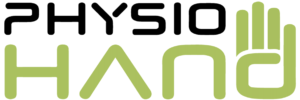Precautions:
Due care is required in these circumstances and the use of the device may need to be modified (such as attachment used, the force applied, the position of the body, avoidance of use in direct contact with an area, etc.). Where appropriate or if you have any concerns, seek the advice of a medical professional.
- Hypertension (controlled)
- Osteopenia
- Osteoporosis
- Pregnancy
- Diabetes
- Varicose veins
- Bony prominences or regions
- Abnormal sensations (e.g., numbness)
- Sensitivity to pressure
- Recent injury or surgery
- Scoliosis or spinal deformity
- Medications that may alter client sensations
- Skin rash, open wounds, blisters, local tissue inflammation, bruises, or tumors
- Deep vein thrombosis, osteomyelitis
- Bone fracture or myositis ossificans
- Hypertension (uncontrolled)
- Acute or severe cardiac, liver, or kidney disease
- Neurologic conditions resulting in loss or altered sensation
- Direct application to the face, throat, or genitalia
- Bleeding disorders
- Recent surgery or injury
- Connective tissue disorders
- Peripheral vascular insufficiency or disease
- Medications that thin the blood or alter sensations
- Direct pressure over surgical site or hardware
- Direct pressure over eyes or throat
- Extreme discomfort or pain felt by client
- Severe scoliosis or spinal deformity
- Pacemaker, ICD, or history of embolism
